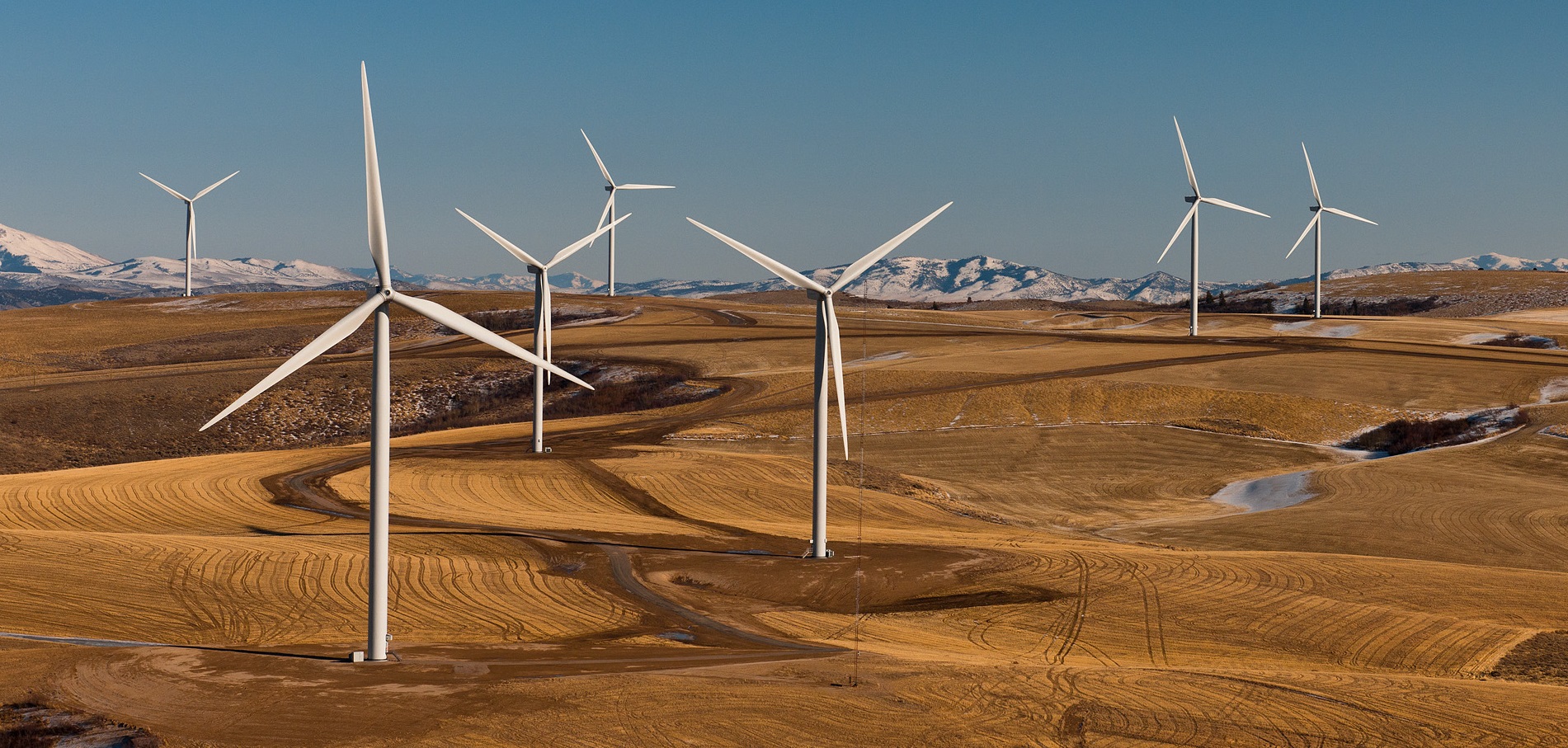
United States operating wind power capacity grew 9.5 percent in 2019 to almost 105,600 megawatts, while power purchase agreements between utilities and corporate buyers hit a record 8,726 MW, according to a market report by the national trade association for the U.S. wind industry.
At the end of last year, more than 59,800 wind turbines operated across 41 states and two U.S. territories, the American Wind Energy Association said in its fourth quarter 2019 market report.
Utilities represented 60 percent of wind power purchase activity for the year, for a record 5,266 MW in volume. Corporate buyers accounted for 40 percent of annual wind energy contracts last year, for a total of 3,640 MW of contracts. The top three purchasers of wind energy for the year were Northern Indiana Public Service Co., Walmart and AT&T. Companies signing wind energy contracts in the fourth quarter for the first time included Estee Lauder and McDonalds.
According to the AWEAs report, Texas leads the nation with nearly 29,000 MW of wind capacity, followed by Iowa with 10,190 MW and Oklahoma with 8,172 MW. Rounding out the top 10 states in wind capacity are Kansas (6,128 MW), California (5,973 MW), Illinois (5,350 MW), Minnesota (3,843 MW), Colorado (3,762 MW), North Dakota (3,628 MW) and Oregon (3,423 MW).
Nineteen states added wind power capacity in 2019. Among those, Texas (3,936 MW), Iowa 1,737 MW), Illinois (541 MW), South Dakota (506 MW) and Kansas (475 MW) led in installations for the year.
Berkshire Hathaway Energy, through its MidAmerican Energy utility in Iowa, added the most new wind capacity of any company last year, commissioning 990 MW. NextEra Energy Resources took second with 835 MW, and Avangrid Renewables ranked third with 752 MW. Rounding out the top five were Xcel Energy with 728 MW and Enel Green Power North America with 520 MW.
The association estimated that at the end of 2019, 44,153 MW of wind capacity was either under construction (22,115 MW) or in advanced development (22,038 MW), including 7,483 MW of offshore wind energy capacity. Representing more than $62 billion in investment, these include 191 projects spread across 33 states.
GE Renewable energy took the top spot for turbine manufacturers in 2019, capturing 45 percent of new capacity installations. Vestas followed with 33 percent of the market, Simens Gamesa Renewable Energy had 15 percent and Nordex USA represented 6 percent of new installations.
Average turbine capacities continue to increase, the association noted, with 25 percent of turbines installed last year rated between 3.1 MW and 3.6 MW.
Gear oils account for the majority of lubricants used in wind turbines, followed by hydraulic fluids and greases.
Gear oil is used for wind turbine gearboxes, which are eliminated in some newer direct drive turbines. Hydraulic fluid is used in the hydraulic systems that control the pitch – the angle of the blades in the wind. Grease is used in several wind turbine locations: the main rotor shaft bearing; the yaw bearing, pitch or blade bearings; pitch drive gears; and generator bearings.